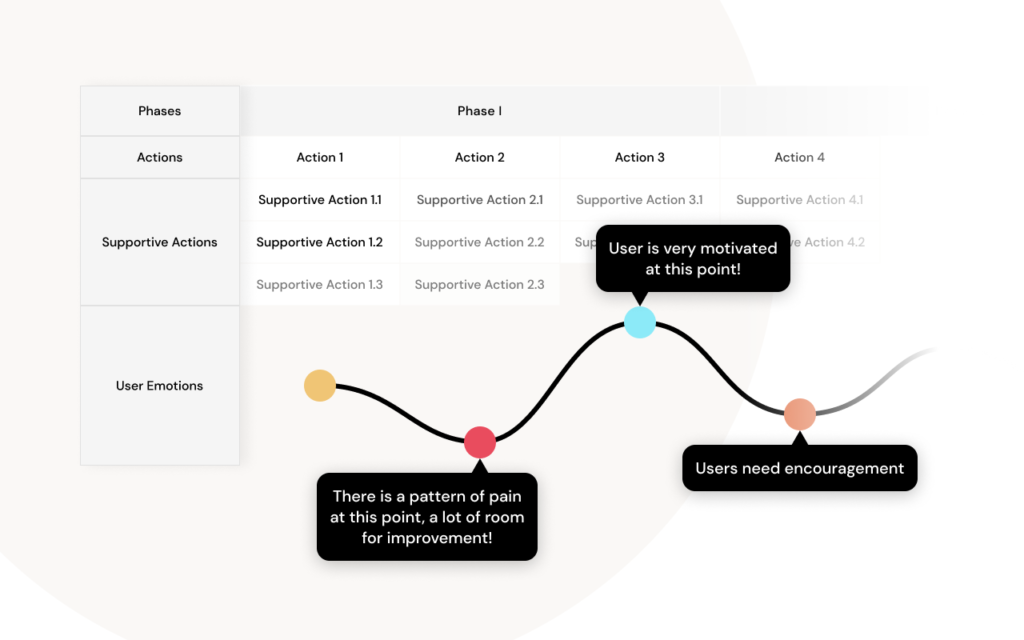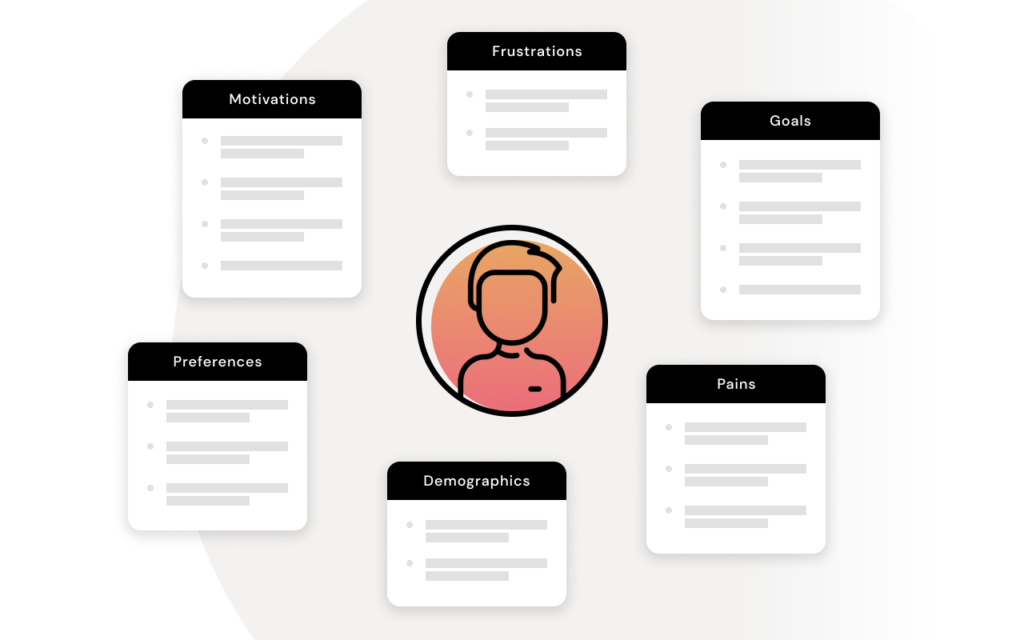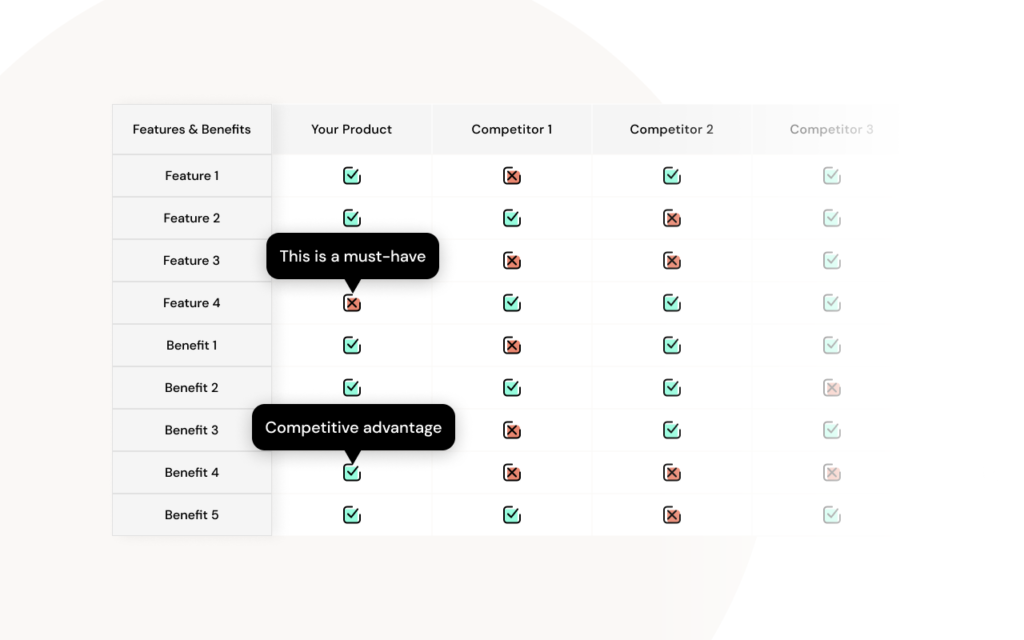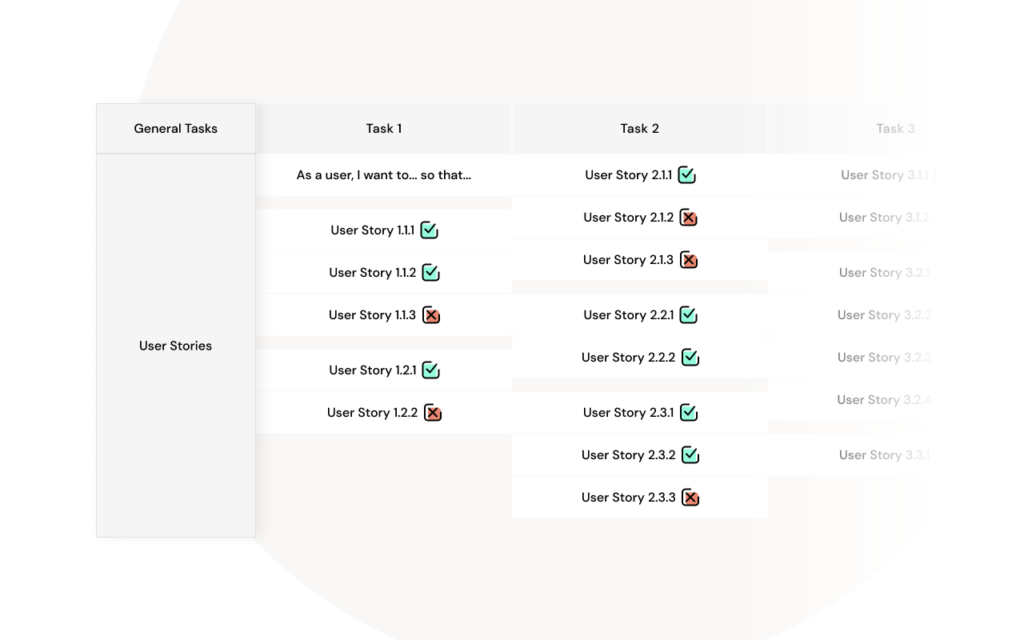Contrary to popular belief, there is no such thing as a million-dollar idea. Or at least, not just a million-dollar idea. Without proper execution, a million-dollar idea will remain just that, an idea. Any idea requires validation and refinement. And without proper research, particularly user research to gain actionable real-world insights, a digital product (or any product) will likely not make it past the first round of investment.
Without user research, there is any number of possible problems you can encounter:
- Decision-making becomes entirely arbitrary, based solely on the team’s understanding of product goals, or more often, the understanding of those with the strongest personality/influence on the team.
- Lack of user feedback and understanding can lead to opposing viewpoints and team tension.
- Without user research and positive experiences with the product (or product MVP), it becomes much more difficult to convince investors of the validity of the idea.
- Without user feedback and research, doubt about the product/idea will be felt by the team as a whole.
- All of the above can lead to friction and frustration.
User research and product management are both critical components of the product life cycle, necessary to bring a digital product to market. A successful product requires both of these elements to be in sync, research providing valuable information for product management to base decisions upon, and product management decisions further narrowing the focus of the user research until the MVP is realized.
One of the key areas in which user research helps management to reach key product decisions is in the refinement of user stories. User stories are key to understanding the desired functionality of a digital product, and without user research, decisions are based simply on a best-guess approach. The outcomes of user research validate initial team decisions and ensure a correct definition of user stories. These stories in turn lead to an accurate MVP definition.
Let’s go over a few possible outputs you might encounter after an insightful user research round and their wonderful outcomes.
User Journey Mapping
One output of user research in agile methodology is typically called a User Journey. Mapping this user journey from the problem’s conception until it’s resolved by your product or service can provide a great deal of understanding of the user’s motivation, routines, pains, and needs. By looking at individual points in the user journey map, you can get a strong sense of opportunities for improvement, and what is working very well in the flow of your application/software.

User Personas and Use Cases
Another output of user research is the development of user personas and use cases. Creating personas can help the team step outside themselves and put themselves in the shoes of the users. By externalizing the points of data and personifying specific trends and patterns in the data, the design team can avoid the mistake of a building based on their own preferences and assumptions.
User personas are also innately tied to use cases. By identifying the potential users, you can in turn identify what they might do or wish to do with the product. For instance, someone developing a banking application had to have come up with the idea of photographing checks as a way to deposit them. They may have had to imagine first that Joe Smith, a hard-working blue-collar guy, worked full time during usual banking hours, and did not want to go to the bank on his day off. Why should he have to go physically to the bank to deposit money in the digital age? A new use case developed using a standard feature of the modern mobile smartphone (the camera) came to life. The use case flows from the persona, the user imagined to be performing the task at hand.
Use cases are often tied to what is called Jobs to be Done. For instance, the use case above is depositing a physical check from at home on the couch. But what Joe Smith really wants is a way to improve his lot in life and realizes that if he didn’t have to go to the bank on Saturday, he could spend more time on the old Mustang he is restoring in the garage. He could make pancakes for his kids and wife. He could do more, be more than he currently was, even if the improvement was just to be better rested. So, the Job to be Done in this case would be to save time for other activities on the weekend. But all of this comes back to user research. Without it, the user persona might not be created, and the simplicity of taking a picture might not have occurred to the development team, who might have otherwise expected the user to enter the banking information on the check manually, a process riddled with potential user error, particularly if done on the phone.

User Research and Competitive Analysis
User research also entails comparing existing solutions to the problems your digital product aims to resolve or better. By looking at your competitors, and tying it to user research, you can not only determine if your solution works, but if it is competitive, and by extension, marketable. A Google competitive analysis focuses on the comparison between your feature set against the features of competitor solutions, but determining the features important to the user, and determining the comparable features (and whether you indeed do it better) is directly tied to user research. By providing positive user data in comparison with competitors, you show you can deliver the value promised.

User Story Maps
User Story Maps provide a clear visual of the possible scope the project could have, alternative solutions that facilitate discussions of a possible MVP within an expected timeline, and provide appropriate grounds and comprehension by all parties for negotiations and trade-offs. By clearly delineating activities, steps, and details in an easily understandable visual format, the team is able to discuss and come to a shared understanding of the process/processes at hand. Again, these user stories are generated based on data from, you guessed it, user research.

Wrapping Up
User research is not a step that can be skipped in a successful project plan. It drives team engagement by validating or disproving proposals by individual team members, who might unintentionally hijack the project. It provides actionable intel on the product at each stage in development and ensures that the team can actually gauge the impact they are making by looking at the feedback from actual users, rather than simply internal kudos.
It is possible to generate personas, user stories, and the like from the minds of the team, but these key staples of agile development are largely useless if you cannot validate them in a real-world context. Intuitive to a developer and intuitive to a user are entirely different things. A solution developed and tested by the team that builds it is prone to simple errors and problems that will come to light quickly the moment an investor without the benefit of previous experience tries to use the application or software.
Competitive analysis and value proposition research ensure that the investor has corroborated evidence for the decisions the team makes and that the choices made provide real value, even if their own expectations are biased. Without user research, all aspects of a technical project are compromised. Do you want your project success to be a happy accident, successful until someone else puts the work in? Or do you want a validated, sustainable product that changes the game long-term? Neglect user research at your own peril.
UI/UX Design Services
UI/UX design services tailored for your unique needs.
Get the CEO's Take
Handpicked tech insights and trends from our CEO.
UI/UX Design Services
UI/UX design services tailored for your unique needs.
Get the CEO's Take
Handpicked tech insights and trends from our CEO.

Digital Product Development: Enhance Your Business Offerings
Flatirons
Sep 12, 2025
Utilizing Critical Incident Technique for Qualitative Research in UX Design
Flatirons
Aug 03, 2025
Light Mode vs Dark Mode: Which One is Better for You?
Flatirons
Jan 04, 2025
Top UI/UX Design Companies in California for 2026
Flatirons
Nov 30, 2024
Learn the Essentials of Digital Product Design
Flatirons
Nov 26, 2024
Top UI/UX Design Companies in Colorado for 2026
Flatirons
Nov 12, 2024